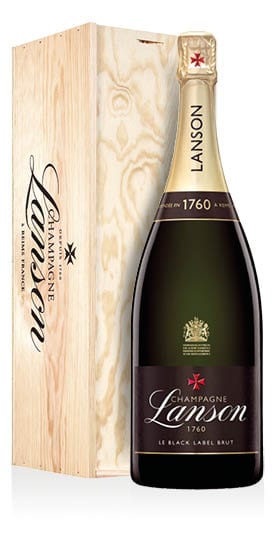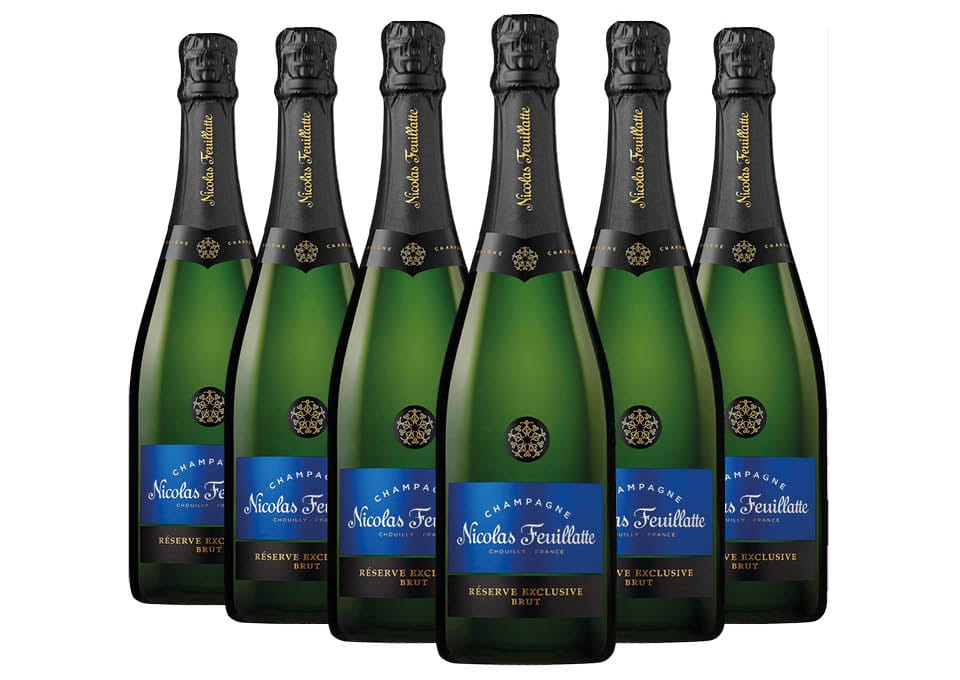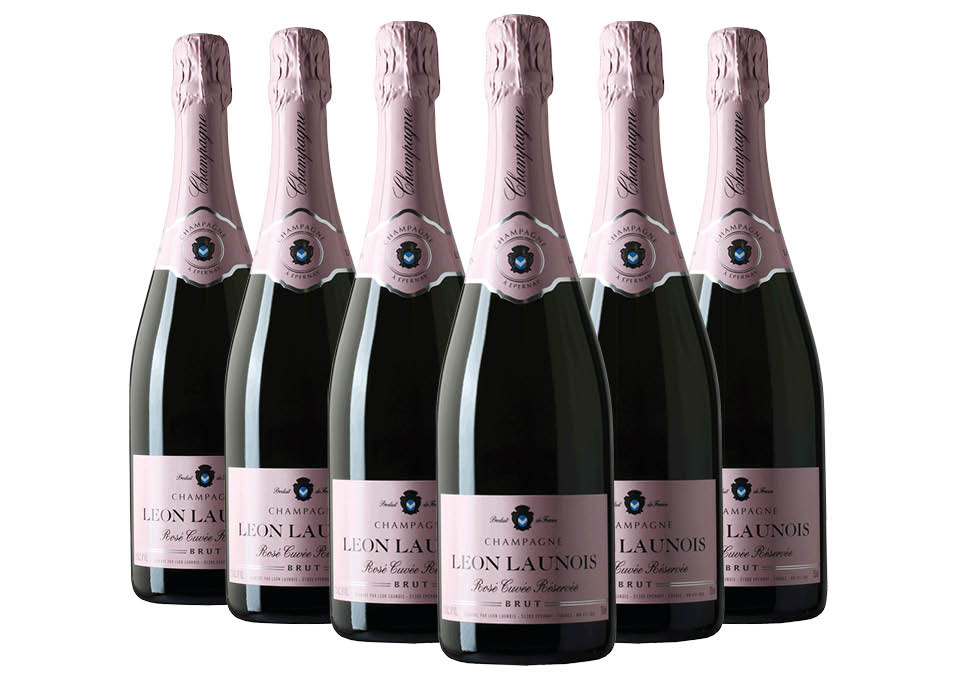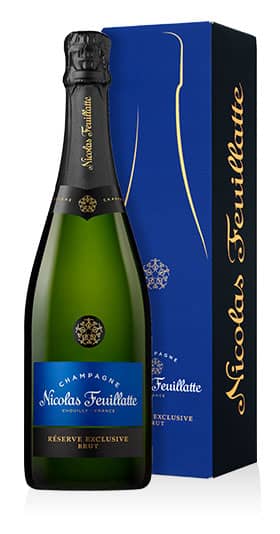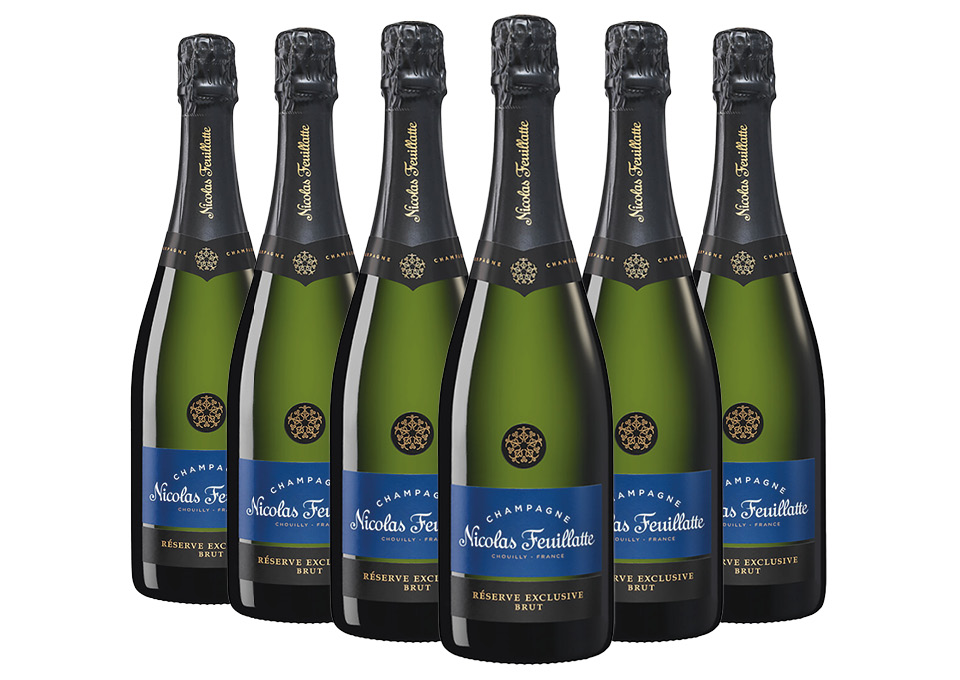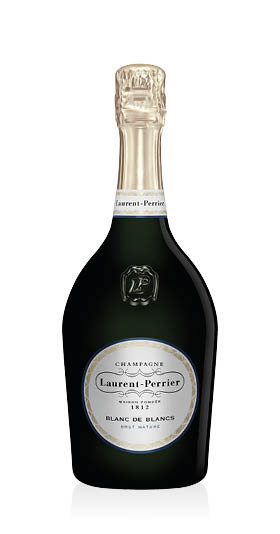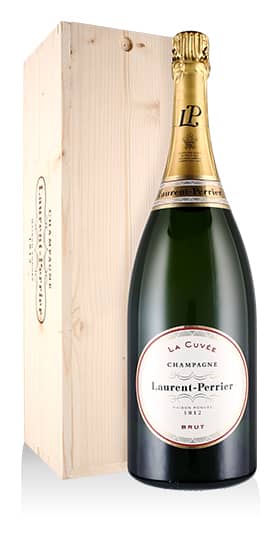Champagne: world icon of elegance
Champagne is the most renowned and appreciated sparkling wine in the world.
The French region of Champagne is divided into five production areas: Montagne de Reims, Côte des Blancs, Vallée de la Marne, Côte de Sézanne and Aube. Each area is dedicated to the cultivation of the different grapes used for production.
Pinot Noir is mainly cultivated in the Montagne de Reims area and south of the Côte de Bar. Chardonnay is cultivated in the Côte des Blancs and the Côte de Sézanne and Pinot Meunier in the area of the Montagne de Reims and the Vallée de la Marne.
The success and quality of this famous French icon depends both on the extraordinary terroir of the region and the production method. In addition, the centuries-old tradition and the quality of the grape varieties used for production must be taken into account.
What are the different types of Champagne?
The Champagne region is very complex from a geographical point of view. For this reason, defining the best Champagne is not an easy job. Also choosing a suitable one for an occasion is quite difficult.
First of all, it is important to know the different types. The taste varies depending on the type of grape used, the terroir, and the winemaking process.
They are divided in Blanc de Noirs and Blanc de Blancs. The grapes used for the production are Chardonnay, Pinot Noir and Pinot Meunier.
Blanc de Noir are made from Pinot Noir or Petit Meunier grapes and are produced in the Reims mountain area in the heart of the region.
Pinot Noir-based Blanc de Noirs have a noble and powerful structure.
Petit Meunier-based Blanc de Noirs are produced in Tours-sur-Marne in the Marne Valley and are characterized by soft and seductive notes.
Instead, we recommend the Blanc de Blancs made by Chardonnay grapes, if you prefer delicate notes and an elegant structure.
Chardonnay grapes give aromas of bright fruitiness, lime-blossom, citrus and white flower. Pinot Meunier gives floral and fruity notes and a fresh strawberry aroma. Pinot Noir grapes give a complex flavour and body, with hints of peonies, violets, and cherry fruit.
Champagne should smell like freshly baked bread with a hint of croissant and wet limestone.
A high-quality Champagne has a velvety texture that can be described as peach, almond, citrus, cream and even toast.
The different levels of sweet are:
Brut Nature with 0-3g/l;
Extra Brut 0-6g/l;
Brut0-12g/l;
Extra Dry 12-17g/l;
Dry 17-32g/l;
Demi-Sec 32-50g/l;
Doux 50+g/l.
Whichever one you prefer, you will find many options on Vino.com.
How long does Champagne last?
An open Champagne lasts up to 3-5 days, depending on how you store it.
An uncorked Champagne can last up to 10 years, but it depends on different factors. A vintage one can last to 10 years, whereas a non-vintage one for 3 to 5 years. It mostly depends on how you store the bottle, if it is in optimal conditions it lasts longer.
The best way to store Champagne is in a cool, dark place away from heat, light and vibrations. The bottles should lay horizontally, because if the bottle is stored upright, the cork could dry out and let air into the bottle, causing oxidation. Recommended temperature is 10°C-13°C.
Why is Dom Pérignon Champagne so renowned?
Champagne Dom Pérignon is perhaps the most famous Champagne in the world. It is appreciated by all enthusiasts and it is a true symbol of elegance and originality.
The origin of the name is linked to the Benedictine abbot Dom Pierre Pérignon, who became cellarer of the abbey of Saint-Pierre d'Hautvillers in 1668. The abbot had the brilliant intuition to make Champagne wine for the first time, he understood the importance of caring for the vineyards and production. 'Dom' was in fact the title reserved for Benedictine monks and ecclesiastics in general.
In 1936, in memory of Pierre Pérignon, the Maison Moët & Chandon decided to commemorate the prestige of this great experimenter by using reserve wines to create the first official Champagne Dom Pérignon.
The uniqueness of Dom Pérignon lies in the use of the best Pinot Noir (in a small percentage) and Chardonnay grapes and in the exclusion of Pinot Meunier. All Dom Pérignon Champagnes are vintage wines, i.e. made from grapes from the same vintage. The Champenoise Method is used to produce the Champagne and it involves a second fermentation in bottle.
The production of Dom Pérignon is of the highest quality. The main factors influencing its quality are the location of the vineyards and the care taken in cultivating the grapes. No less important is the production process and the long ageing on lees.
A fun fact is that in 1981, Dom Pérignon was chosen for the wedding of Lady Diana Spencer and Prince Charles. The magnums of Dom Pérignon Vintage 1961, served on that July 29, carried a special insignia created just for the ceremony.
Buying Champagne online
Champagne is a prestigious, exclusive and elegant product. Today, thanks to e-commerce, you can enjoy the privilege of tasting a good bottle of Champagne at affordable prices.
Among our Champagnes you will find the most famous brands such as: Moët & Chandon Champagne, Ruinart, Veuve Clicquot and Laurent-Perrier Champagne. The elegant Mumm, Billecart-Salmon, Bollinger Champagne, Charles Heidsieck and Taittinger.
In addition, you will find Champagne Philipponnat, Bruno Paillard, Louis Roederer, Perrier-Jouët's 'Belle Époque' and the legendary 'Dom Pérignon'.
Discover the pleasure of buying a fine bottle of Champagne on Vino.com. For each label you will find which are the best pairings, so you can easily choose the perfect Champagne for every occasion.






